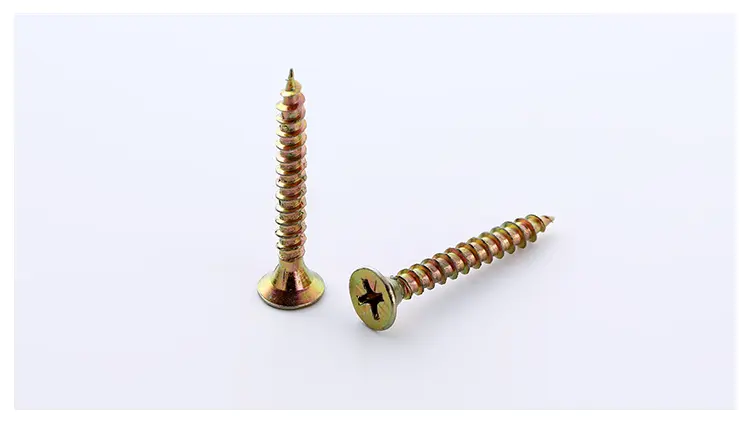machine screw vs self tapping companies
Understanding Machine Screws vs. Self-Tapping Screws A Comparative Insight
In the world of fasteners, machine screws and self-tapping screws hold significant importance due to their unique features and applications. Both play vital roles in construction, manufacturing, and various DIY projects, but understanding the differences between them is essential for selecting the right type for your needs.
Machine Screws Definition and Applications
Machine screws are designed to be used with a nut or a tapped hole. Typically made from materials like stainless steel, brass, or carbon steel, these screws are engineered for high strength and durability. Machine screws are characterized by their uniform diameter and length, making them ideal for various applications, including securing machinery components, automotive parts, and electronic devices.
One of the defining features of machine screws is their need for a pre-drilled hole, which is usually threaded (tapped) to allow for secure fastening. This design ensures a strong connection, which is crucial in high-load bearing contexts. Additionally, machine screws often come with various head styles (such as flat, pan, or hex) and drive types (like Phillips or slotted), providing versatility for different fastening scenarios.
Self-Tapping Screws Definition and Uses
Self-tapping screws, on the other hand, are designed to create their own threads when driven into materials, eliminating the need for a pre-tapped hole. This feature makes them incredibly advantageous for various applications, especially in installations where speed and efficiency are priorities. Commonly used in drywall, wood, metal, and plastic applications, self-tapping screws are particularly popular in construction and home improvement projects.
machine screw vs self tapping companies

These screws come in various types, including thread-cutting and thread-forming screws, tailored to specific materials. Thread-cutting screws remove material to create the screw's threads, ideal for softer materials, while thread-forming screws displace material to form threads, making them suitable for harder substrates. Self-tapping screws also come in multiple styles and lengths, allowing for adaptability across various construction tasks.
Key Differences
The primary distinction between machine screws and self-tapping screws lies in their installation methods and applications. Machine screws require a pre-threaded hole, offering a stronger and more reliable fastening solution for heavy-duty applications. In contrast, self-tapping screws provide the advantage of ease of installation, especially in projects requiring rapid assembly or disassembly.
Another significant difference is the strength of the connection they offer. Machine screws, due to their design, typically provide a more robust fastening solution, making them preferable in applications subjected to high stress or load. Conversely, self-tapping screws are ideal for lighter applications where convenience and speed are essential.
Conclusion
Choosing between machine screws and self-tapping screws ultimately depends on the specific requirements of your project. If a strong, permanent connection is needed for high-load applications, machine screws are the better choice. However, for quicker, more straightforward installations where speed and efficiency take precedence, self-tapping screws are invaluable. Understanding these differences ensures that you select the appropriate fastener, contributing to the integrity and durability of your work.
-
Top Choices for Plasterboard FixingNewsDec.26,2024
-
The Versatility of Specialty WashersNewsDec.26,2024
-
Secure Your ProjectsNewsDec.26,2024
-
Essential Screws for Chipboard Flooring ProjectsNewsDec.26,2024
-
Choosing the Right Drywall ScrewsNewsDec.26,2024
-
Black Phosphate Screws for Superior PerformanceNewsDec.26,2024
-
The Versatile Choice of Nylon Flat Washers for Your NeedsNewsDec.18,2024










